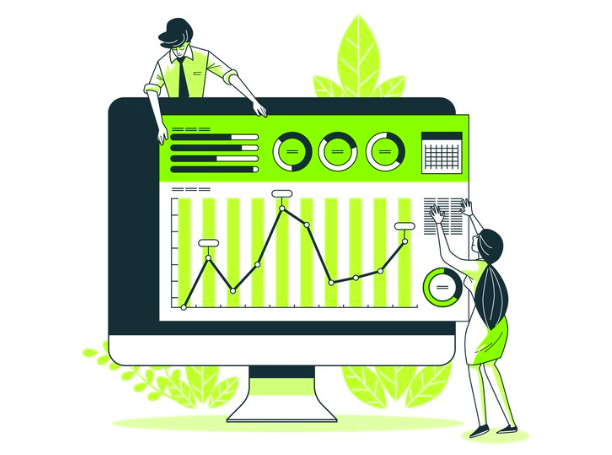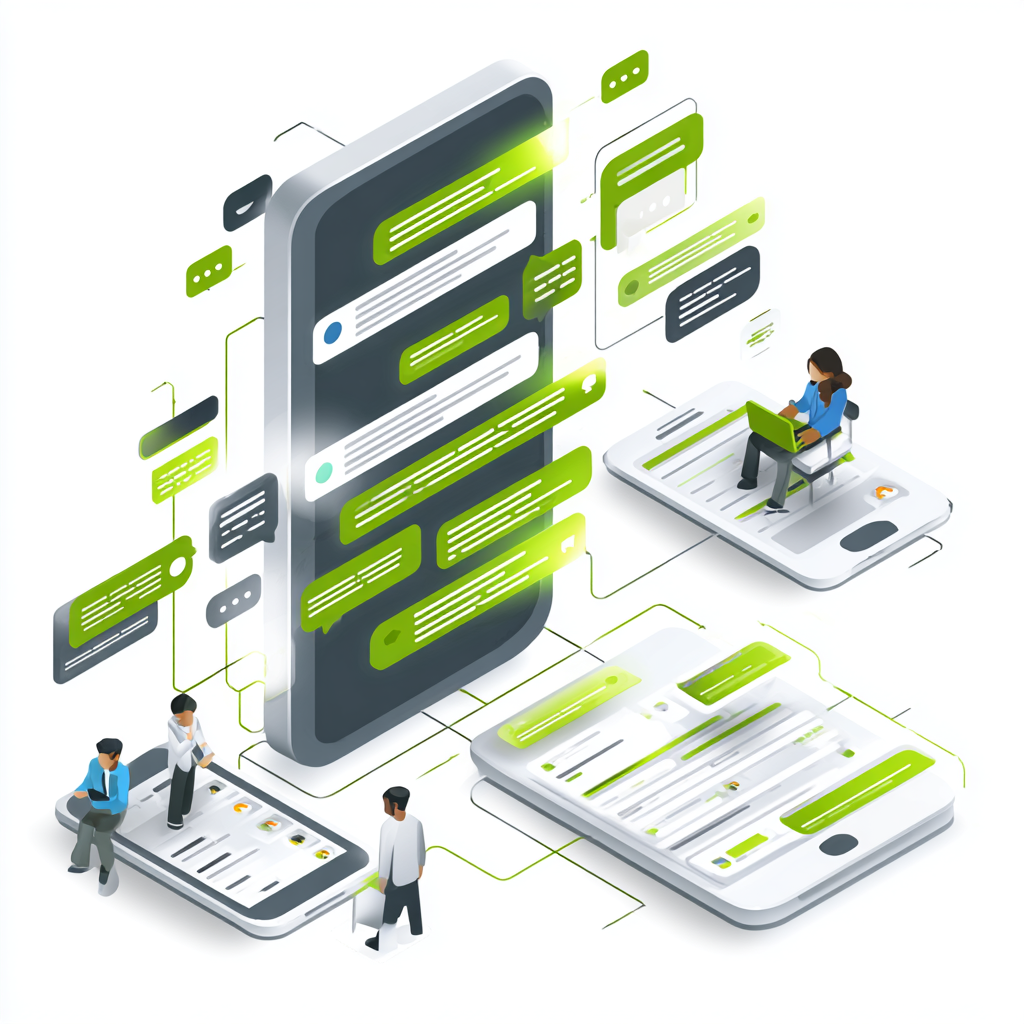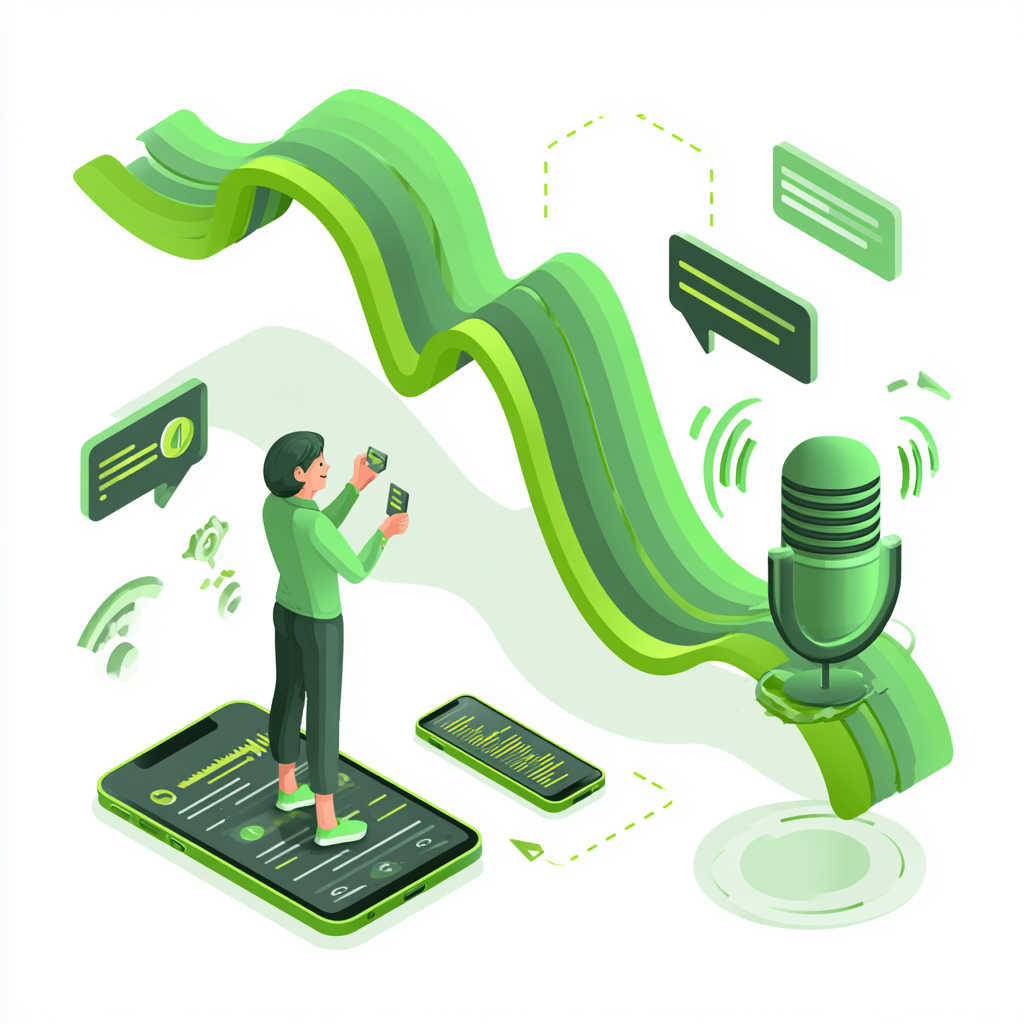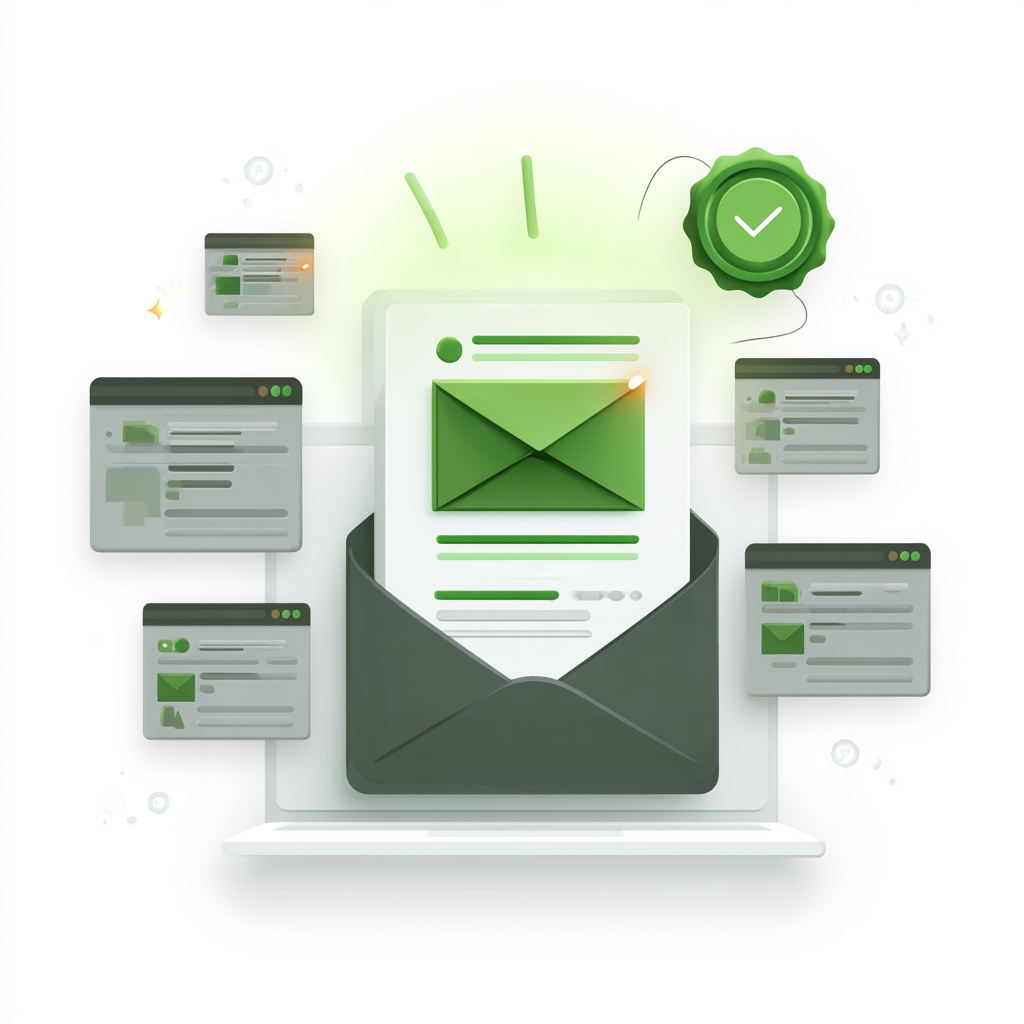Building strong customer relationships is more important than ever in the digital marketplace. As competition increases and customer expectations evolve, traditional marketing gives way to more innovative, targeted techniques. Automation leads this transformation. By harnessing the power of automated tools, businesses can streamline repetitive tasks, personalize communications at scale, and ultimately foster long‐term loyalty. This article explores seven automation strategies for building lasting customer relationships while maximizing lifetime value.
What is customer service automation?
Customer service automation uses technology to enhance customer support processes by handling routine tasks and inquiries without direct human intervention. Businesses can provide faster, more consistent, and more scalable customer support by integrating various automated tools, such as AI-powered chatbots, interactive voice response (IVR) systems, self-service portals, and automated ticketing systems.
Key components and tools.
At its core, customer service automation involves several key components:
- Chatbots and virtual assistants: These AI-driven tools can answer frequently asked questions, guide users through troubleshooting steps, and even handle transactions like order tracking or returns.
- Interactive voice response (IVR) systems: IVR systems enable customers to navigate phone menus and access relevant information without waiting for a live agent. By routing calls to the appropriate department or automating routine tasks, these systems reduce wait times and improve overall call efficiency.
- Self-service portals and knowledge bases: By providing well-organized FAQs, tutorials, and searchable documentation, companies empower users to solve problems without directly contacting support.
- Automated ticketing and CRM integration: Automation tools can create support tickets, categorize issues, and assign them to the right human agents when necessary. Integration with customer relationship management (CRM) systems ensures that every interaction is recorded and used to refine future support efforts.
Benefits of customer service automation.
Implementing automation in customer service brings several advantages:
- 24/7 Availability: Automated systems operate around the clock, ensuring customers can access support anytime, regardless of time zone or business hours.
- Faster response times: Automation reduces response times by instantly handling routine inquiries. This leads to higher customer satisfaction as issues are addressed promptly.
- Consistency and accuracy: Automated responses provide consistent information every time. This eliminates the risk of human error and ensures that all customers receive the same high level of service.
- Cost savings and scalability: Automation reduces the need for a large support team, which can be particularly beneficial during periods of high demand. It also allows companies to scale their customer service efforts without proportionally increasing costs.
- Actionable insights: Automation platforms often include analytics features that track common customer queries, response times, and satisfaction ratings.
Challenges and the human touch.
Despite its many benefits, customer service automation is not a one-size-fits-all solution. One primary challenge is balancing efficiency with the need for human empathy. While automation handles routine tasks exceptionally well, complex or emotionally sensitive issues often require a human touch. Overreliance on automated systems can sometimes frustrate customers who feel their unique needs are not being fully understood or addressed. Many companies adopt a hybrid approach to overcome this, using automation to filter and address straightforward issues while seamlessly transitioning customers to human agents for more nuanced support. This blend of technology and personal service is increasingly considered the ideal model for modern customer support.
7 ways to use automation to build long-term customer relationships.
Automation reduces your team’s workload while ensuring every interaction is timely, relevant, and consistent. These strategies empower you to deliver personalized experiences without constant manual oversight, from trigger-based email workflows to AI-driven chatbots. The result is improved customer satisfaction, enhanced retention rates, and a loyal customer base that supports sustainable revenue growth. Let’s explore seven automation strategies that can transform your customer relationship management.
1. Automate data collection and customer segmentation
A successful relationship begins with understanding your customers. Automated data collection tools can gather essential information from websites, social media, email interactions, and purchase histories. Segmentation is key to crafting tailored messages and offers. For instance, new customers might receive a welcome series with introductory discounts, while long-time customers can benefit from exclusive loyalty rewards.
2. Automate personalized email campaigns
With automated email campaigns, you can deliver personalized messages triggered by specific customer behaviors or milestones. For example, customers who ignore their cart can immediately receive a reminder email and a special offer, while loyal customers might enjoy periodic updates with exclusive benefits. Modern marketing platforms allow you to set up dynamic workflows that address the customer by name and include product recommendations and personalized content based on their purchase history. This precision in messaging leads to higher open rates, increased conversions, and a sense of individualized attention that reinforces the customer’s connection to your brand.
3. Deploy AI-driven chatbots for real-time support
Customer support is a critical touchpoint that can make or break long-term loyalty. AI-driven chatbots, integrated into your website, mobile app, or social media channels, offer customers immediate assistance 24/7. Unlike traditional scripted bots, modern AI chatbots use natural language processing to understand inquiries. These chatbots efficiently handle routine tasks such as order tracking or return processing, and the insights from these interactions can highlight areas for improvement. As they learn from each conversation, AI chatbots continuously refine their responses, ensuring that your customers receive fast, effective support every time they contact them.
4. Use CRM automation for follow-up and feedback
Adequate follow-up is essential for nurturing customer relationships. Automating these processes through your CRM system ensures customers receive timely follow-up messages after every purchase or interaction. These messages can include satisfaction surveys, feedback requests, or suggestions for complementary products.
5. Enhance social media engagement with automation
Social media is a dynamic arena where customer interactions are apparent. With automated social media management, you can track conversations about your brand, respond promptly to inquiries, and even address complaints before they escalate.
6. Use automated analytics for continuous optimization
Automated analytics tools gather data from various customer touchpoints, email, website interactions, and social media and process it in real-time. This comprehensive data collection allows you to track key performance indicators (KPIs) such as open rates, click-through rates, conversion rates, and customer retention. These insights support continuous A/B testing and optimization, ensuring your marketing efforts align with customer needs and market trends. Ultimately, this helps maximize return on investment and fine-tune your customer relationship strategies.
7. Integrate automated loyalty programs and rewards
When integrated with your CRM and marketing automation systems, loyalty programs can automatically track customer behavior, assign points, and deliver personalized rewards. For example, customers who consistently shop with your brand might receive an automated message congratulating them on reaching a new loyalty tier and a tailored discount for their next purchase. Automated loyalty programs also allow you to segment your audience based on engagement levels, ensuring each customer receives rewards and communications that reflect their unique relationship with your brand.
3 Real-life examples of successful marketing automation.
Here are three real-life examples demonstrating the tangible benefits of implementing automation in marketing strategies.
1. Salesforce: Slashing lead response times
Salesforce revolutionized its lead management process using its own Data Cloud and AI-driven automation tools. Previously, lead assignment took an average of 20 minutes, a delay that could hinder conversion rates and reduce customer engagement. By automating the lead qualification process, Salesforce reduced response times dramatically from 20 minutes to just 20 seconds. This rapid turnaround enabled sales teams to follow up with prospects immediately and ensured that high-quality leads were prioritized effectively. The streamlined process resulted in improved conversion rates, a significant increase in web engagement, and a more efficient allocation of resources, demonstrating how automation can directly impact a company’s bottom line.
2. Hanson Wade: Streamlining operations for global efficiency
Hanson Wade, a global conference company, faced challenges managing disparate systems and time-consuming manual data entry that slowed their operations. By integrating a marketing automation platform with their existing CRM, they consolidated multiple lead-qualifying processes into a few streamlined workflows. This integration allowed Hanson Wade to automate customer segmentation and follow-up communications, ensuring prospects received timely, personalized messages based on their interactions. The results were remarkable: the company drastically reduced manual errors, enhanced real-time visibility into customer interactions, and improved operational efficiency.
3. SyncApps: Empowering small businesses with automation
Manual data entry and fragmented communication channels can drain time and resources for many small businesses. SyncApps provided a marketing automation solution that integrated seamlessly with a company’s CRM and email platforms. By automating routine tasks such as cleaning duplicate contacts, updating customer records, and sending follow-up emails, SyncApps saved its users over 60 hours per month in administrative work. This significant reduction in manual workload not only cut operational costs but also improved the accuracy of customer data. With a more reliable database, businesses could create more targeted and effective campaigns, ultimately reducing their cost per lead by around 20% and driving higher conversion rates. SyncApps’ success story illustrates that even small enterprises can reap huge benefits from automation, leveling the playing field against larger competitors.
Building lasting relationships with automation
Automation is essential for building strong customer relationships. By automating tasks such as data segmentation, personalized emails, real-time support, follow-up communications, social media engagement, analytics, and loyalty rewards, you can streamline your processes and deliver consistent, personalized experiences. This focused approach boosts customer satisfaction and drives long-term loyalty and revenue growth. Embrace these seven automation strategies to transform customer relationship management, reducing manual work while ensuring every interaction contributes to a lasting, positive customer experience.





